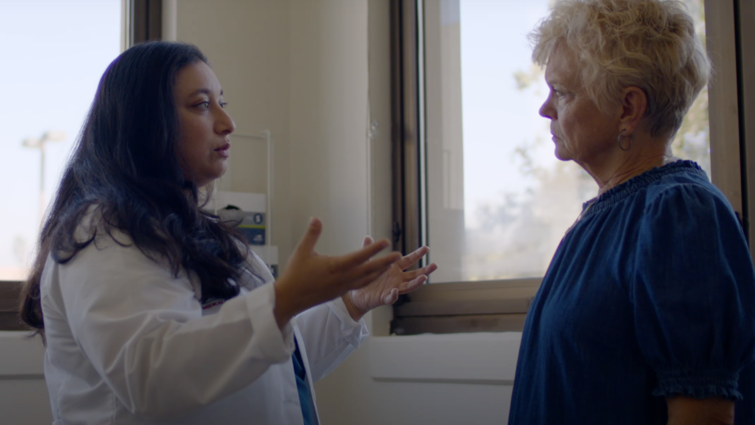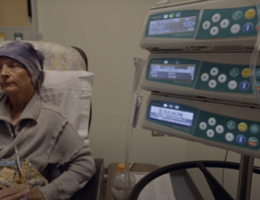

Halley Vora, MD, director of Breast Health Services, outlines treatment options patients should consider before discussing with their provider.
Breast cancer is a complex and challenging disease, but patients have more treatment options than ever before. At Loma Linda University Health a range of cutting-edge therapies are available to ensure patients receive comprehensive, individualized care. Halley Vora, MD, director of Breast Health Services at Loma Linda University Health, outlines the primary treatment paths for breast cancer, including surgical, medical oncology, and radiation oncology approaches.
Surgical Options
Surgery is often the first line of defense for many breast cancer patients. Depending on the stage and size of the tumor, as well as patient preferences, different surgical approaches may be recommended. Vora says both lumpectomy (breast-conserving surgery) and mastectomy (removal of the entire breast) are viable options.
- Lumpectomy: This procedure removes the cancerous tissue while preserving the majority of the breast. For early-stage cancers, lumpectomy followed by radiation therapy can be as effective as a mastectomy.
- Mastectomy: In cases of larger tumors, multifocal disease, or personal preference, patients may opt for a mastectomy, where all breast tissue is removed. Loma Linda University Health also provides advanced nipple-sparing mastectomy options to improve aesthetic outcomes post-surgery.
- Reconstructive Surgery: Physicians offer comprehensive breast reconstruction options to restore the breast's appearance, often performed in conjunction with a mastectomy.
Vora says patients should discuss all surgical options with their care team to understand which procedure aligns best with their goals and medical situation.
Medical Oncology
Medical oncology focuses on systemic treatments, such as chemotherapy, hormone therapy, and targeted therapies, that circulate through the body to attack cancer cells. Vora says she tailors these treatments to the specific biology of each patient’s cancer, leveraging advances in personalized medicine.
- Chemotherapy: For patients with aggressive cancers or high-risk features, chemotherapy is often used to shrink tumors before surgery (neoadjuvant therapy) or eliminate remaining cancer cells post-surgery (adjuvant therapy). The latest chemotherapy regimens aim at maximizing effectiveness while minimizing side effects.
- Hormone Therapy: For hormone receptor-positive breast cancers, medications like tamoxifen or aromatase inhibitors can block cancer cells from using estrogen to grow. Hormone therapy is typically prescribed for several years after surgery to reduce the risk of recurrence.
- Targeted Therapies: HER2-targeted treatments specifically target cancer cells that express the HER2 protein. These targeted approaches have been shown to significantly improve outcomes in HER2-positive breast cancer patients.
Vora encourages patients to undergo genetic testing when appropriate, as it can help identify whether targeted therapies or specific treatments might be beneficial based on their tumor profile.
Radiation Oncology
Radiation therapy is a crucial component of breast cancer treatment, particularly for patients who undergo lumpectomy or have a higher risk of local recurrence.
- Traditional Radiation Therapy: After a lumpectomy, radiation is typically delivered to the entire breast to destroy any microscopic cancer cells that may remain. Cutting-edge technologies ensure precise targeting and to minimize exposure to surrounding healthy tissue.
- Proton Therapy: One of the most innovative options available at the Cancer Center, proton therapy allows for more targeted radiation delivery. This is particularly beneficial for patients with left-sided breast cancer, where traditional radiation could impact the heart or lungs. Proton therapy reduces this risk while still effectively treating the cancer.
Vora says the goal of radiation therapy is not only to improve survival but also to preserve quality of life by reducing side effects. Patients are carefully assessed to determine the most appropriate radiation approach for their specific condition.
The multidisciplinary team works collaboratively to ensure that every patient receives the best possible care, personalized to their needs and medical situation. Vora encourages women to stay proactive about their breast health and to consult with their doctors about the full range of treatment options available.
For more information on breast health services, explore Breast Cancer Care at Loma Linda University Health or make an appointment for a breast cancer screening for you or a loved one today.



